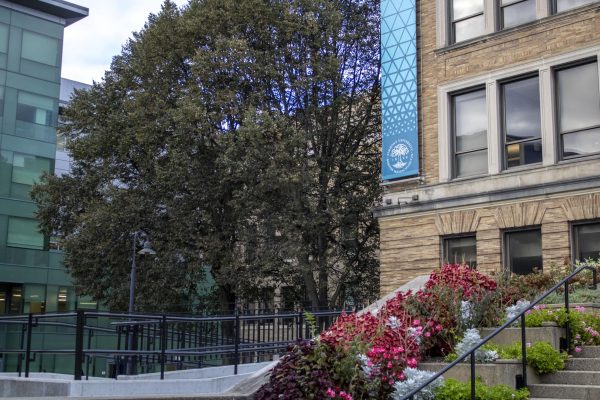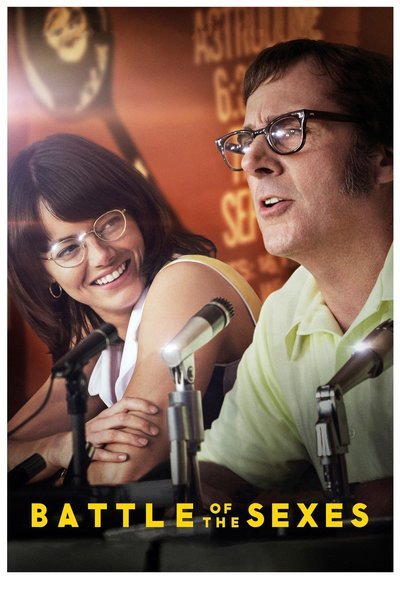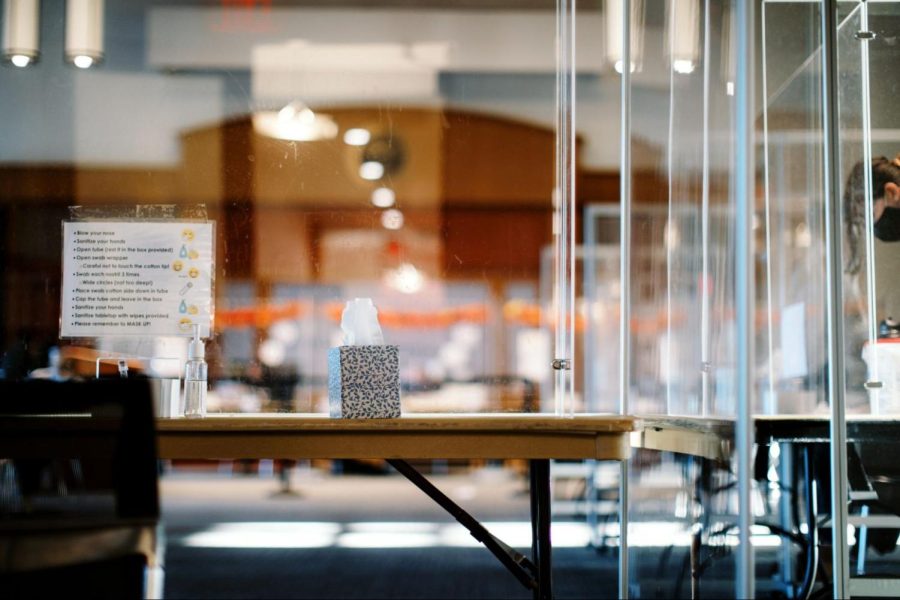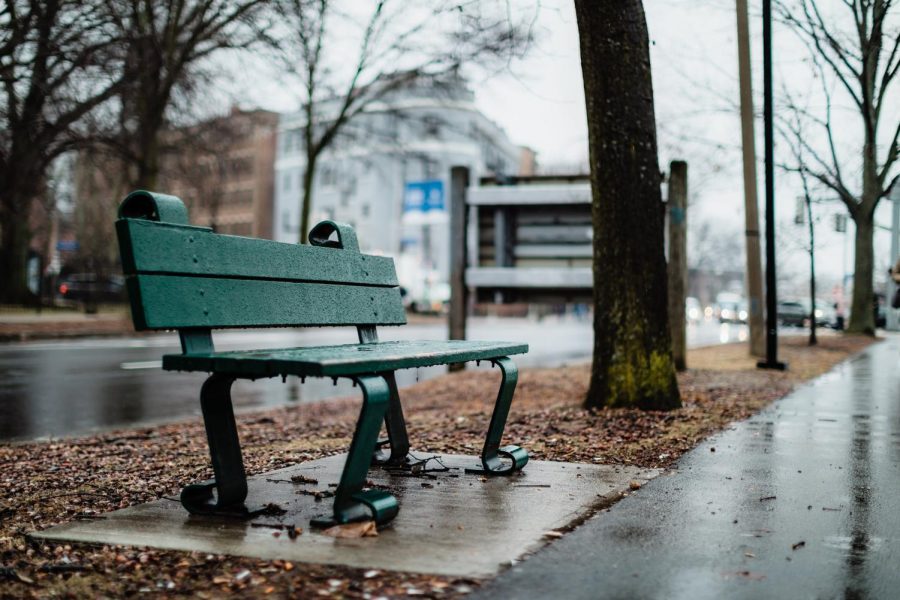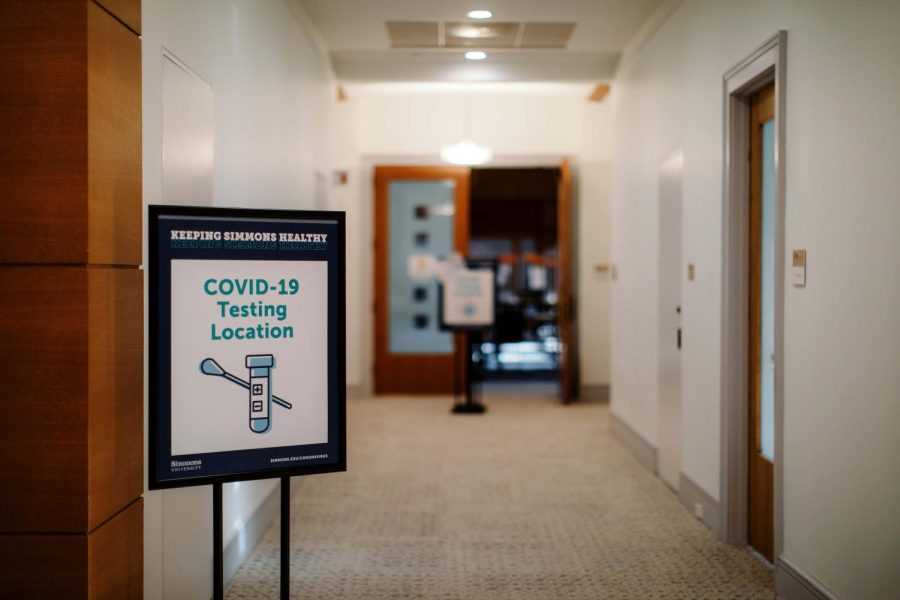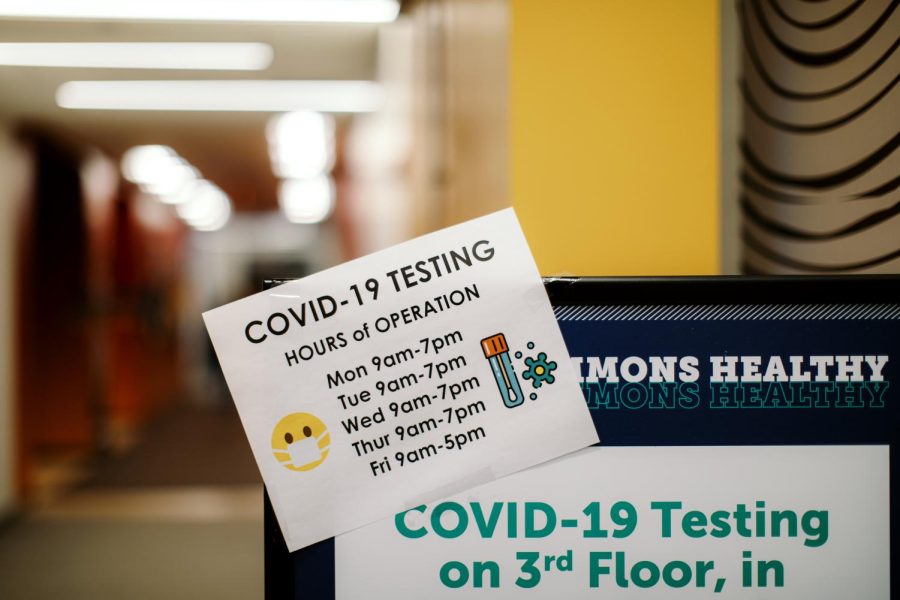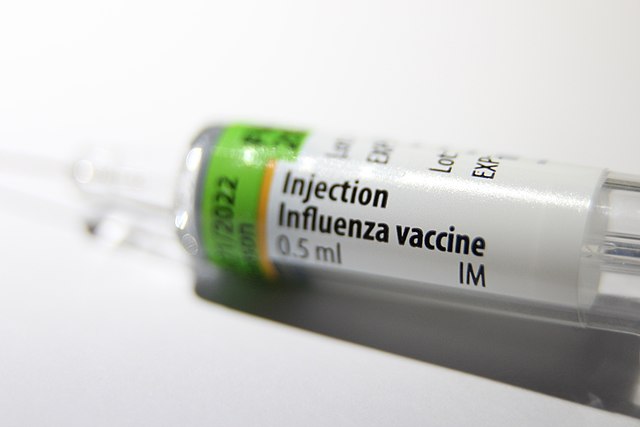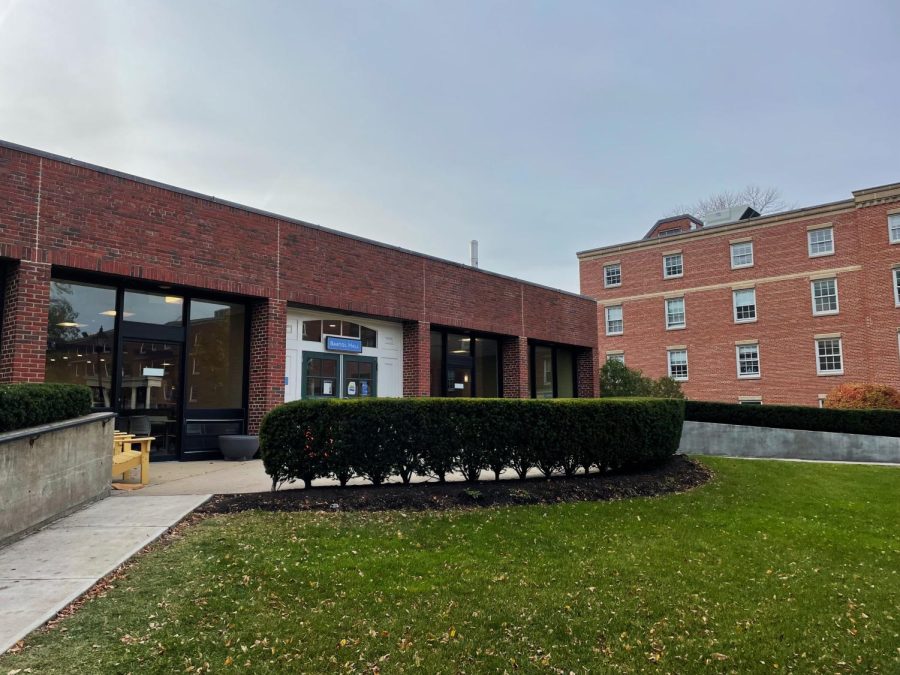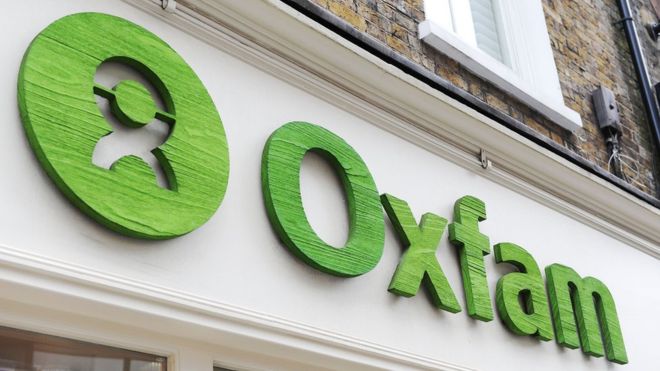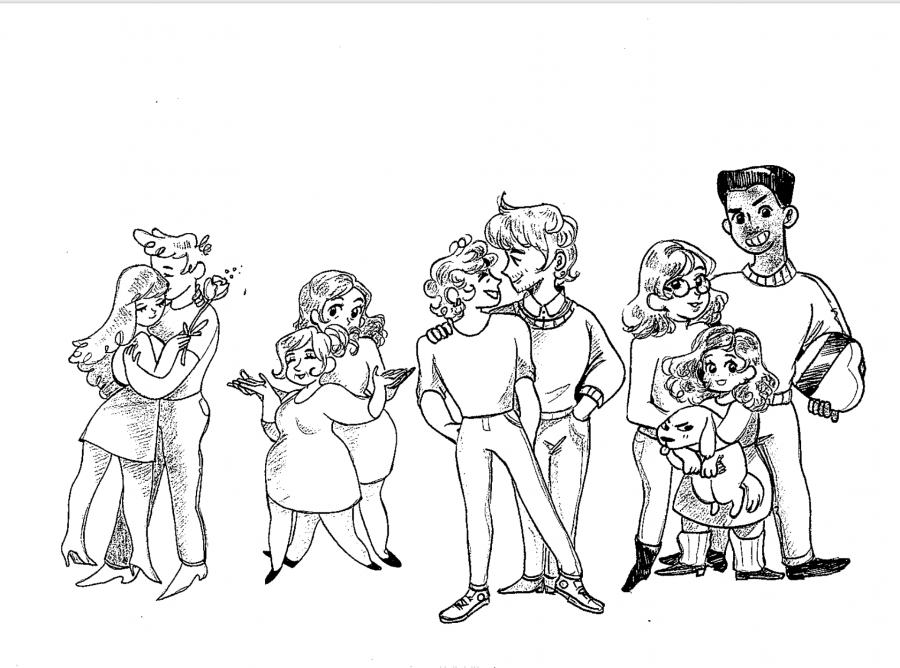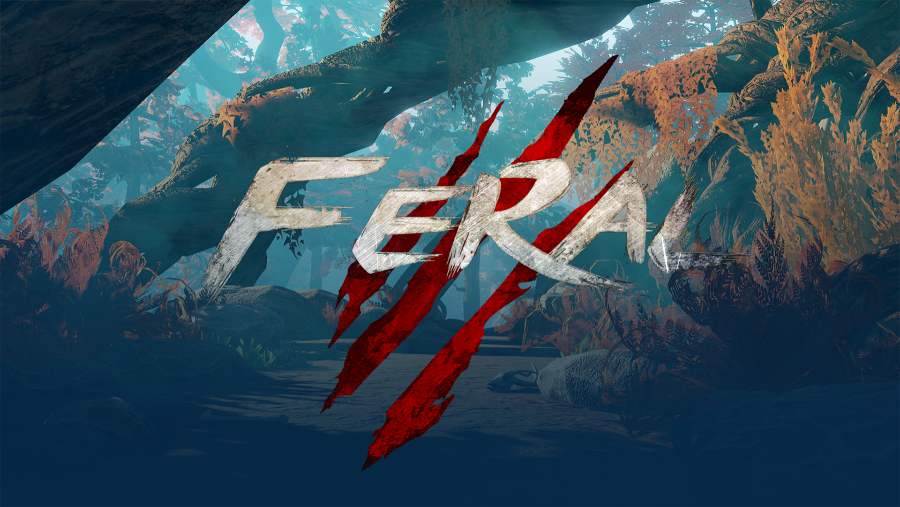By Shen Gao
Staff Writer
“Extraordinary” levels of toxic pollution have been found in one of the most remote places on the planet—the Mariana trench in the Pacific Ocean.
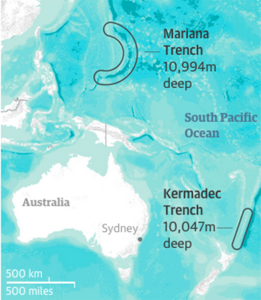
Alan Jamieson, from Newcastle University in the UK, led a team that identified toxic pollution in small crustaceans that had been collected in the dark waters of the trench. They were captured by a robotic submarine, and were shown to be contaminated with a level of toxic chemical 50 times than animals that survive in the heavily polluted rivers in China.
“We still think of the deep ocean as being this remote and pristine realm, safe from human impact, but our research shows that, sadly, this could not be further from the truth,” Jamieson told The Guardian.
Jamieson’s research identified two key types toxic chemicals that were banned in 1970s. They are called persistent organic pollutants (POPs), and they do not break down in the environment. According to the research, the water-repellent POPs make their way down to the deepest part of the ocean thanks to the dead animals and plastic particles that fall downwards. What makes matters worse is that POPs accumulate in fat, so animals that are bigger and higher up in the food chain have a higher concentration of the chemicals. The POPs also stick to plastic waste.
Jamieson explains that “The very bottom of the deep trenches like the Mariana are inhabited by incredibly efficient scavenging animals, like the 2 cm-long amphipods we sampled, so any little bit of organic material that falls down, these guys turn up in huge numbers and devour it.” Dead animals that contains a high level of POP scavengers devour as well, and the phenomenon further aides in their long-term contamination.
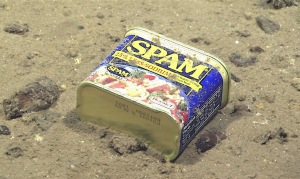
One of the two types of POPs called polychlorinated biphenyls (PCBs) had a level of contamination only equaled in the Suruga Bay in Japan, which is famous for its high levels of pollution. Extreme contamination in amphipods was also collected in Kermadec trench, 7000 km from the Mariana trench. PCBs were only manufactured from the 1930s to 1970s, banned due to their damaging impact on all biological animals. But still one third of the estimated 1.3 million tons produced have leaked into open oceans, and this leak continues through poorly protected landfill sites.
In 2014, the US National Oceanic and Atmospheric Administration (NOAA) conducted an expedition that found artificial items in the Sirena Deep, slopes part of the Mariana Trench. These items included a can of Budweiser, a tin of Spam, and plastic bags.
Researchers were horrified that the seemingly secluded trenches were affected to such an extreme degree of contamination. For further research, Jamieson is examining the animals from the deep sea for evidence of plastic pollution. He is expecting to find microbeads in these animals.



